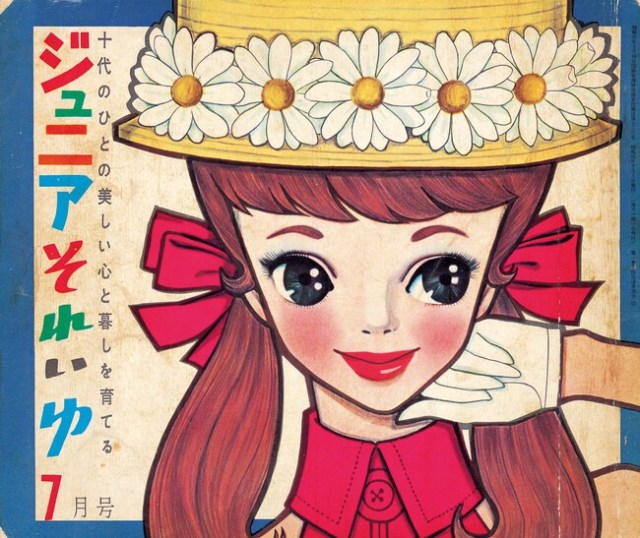
The artist said to have created the kawaii aesthetic will feature in an exhibition celebrating his 90th birthday.
The Japanese word kawaii, in its most simple form, means ‘cute’, but kawaii culture has become a worldwide phenomenon; so much so that it even has its own entry in English dictionaries. For example, the Collins English Dictionary defines kawaii as “denoting a Japanese artistic and cultural style that emphasises the quality of cuteness, using bright colours and characters with a childlike appearance“.
The concept of modern day kawaii art is often said to have its roots in the 1950s, and specifically with Japanese illustrator Rune Naito.
Naito was famous for his kawaii art, which predominantly featured girls with oversized heads and baby-faced features, although he also drew a lot of illustrations featuring animals and fruit. His immensely popular ‘Rune Girl‘ art often appeared in girls magazines throughout the 1950s, and he would later go on to work as an illustrator for women’s fashion magazines in the 1970s. His bright colours and cute motifs were considered wildly fashionable with young girls throughout Japan, and his original character ‘Rune Panda‘ is still popular to this day.
▼ A full run-down of Rune’s life story (with English subtitles)
Rune Naito passed away in 2007 aged 74, but even today he is considered a pioneer of the kawaii aesthetic and his art is still very much appreciated. In celebration of what would have been his 90th birthday, Osaka’s Hanshin Department Store Umeda Main Store will host an exhibition featuring around 300 pieces of Naito’s art.
The exhibition “90th Anniversary of Rune Naito Special Exhibition – Fantastic Dreams in Daily Life” which opened on October 19, features carefully selected art and goods designed by the artist himself, including illustrations, paintings, clothing, kitchenware and ornaments. The event’s organisers hope the exhibition will transport guests back to “the retro world of the Showa-era” (1926-1989).
▼ There are even pencil illustrations of Rune Panda!
The exhibition will run until October 31, and costs 1,000 yen (US$6.77) for adults and 700 yen ($4.74) for students. Elementary school students and younger can enter for free.
Source: PR Times via Japaaan
Images: PR Times
● Want to hear about SoraNews24’s latest articles as soon as they’re published? Follow us on Facebook and Twitter!